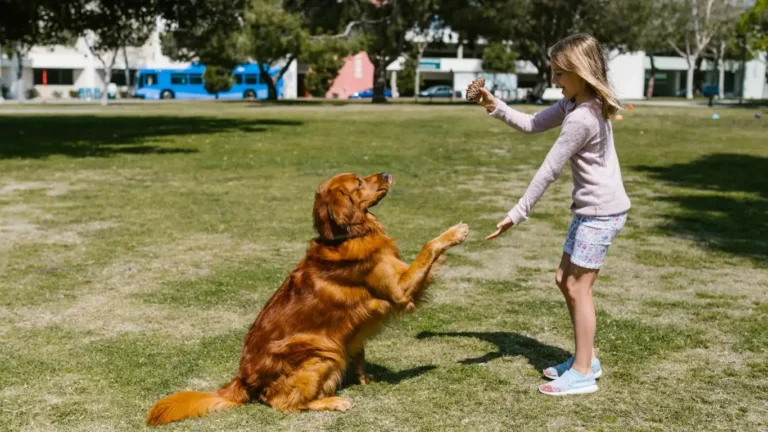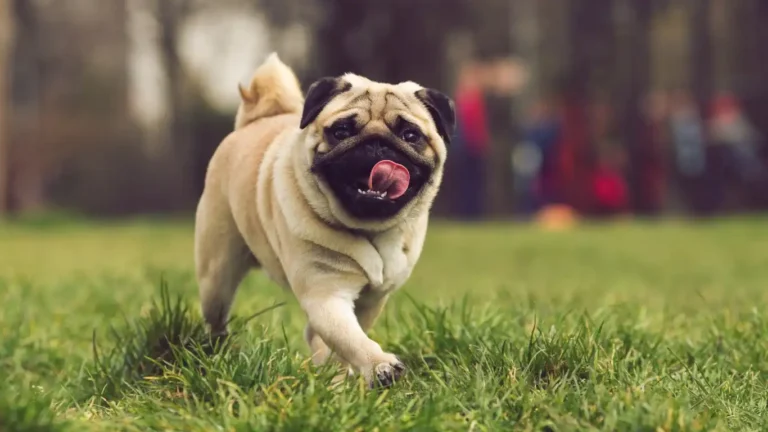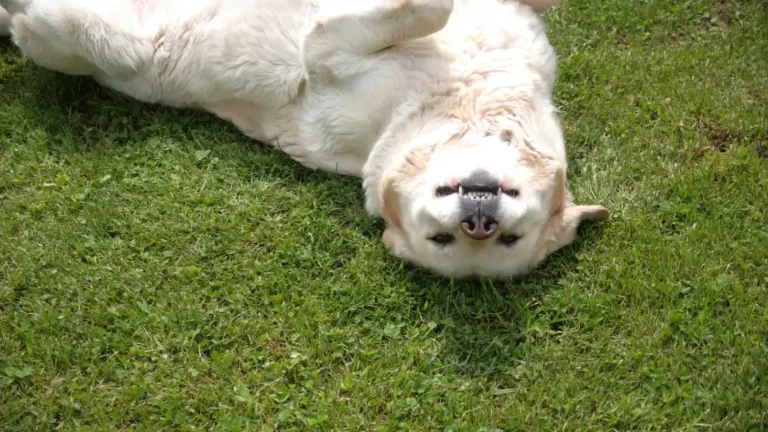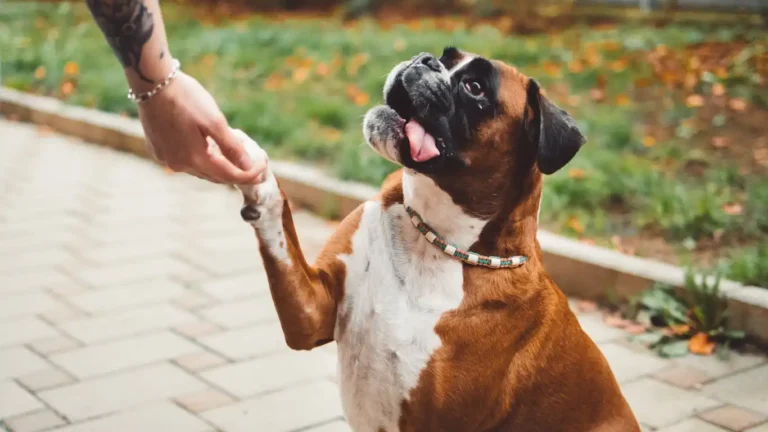How to Prevent Boredom in Senior Dogs with Fun, Easy Activities
Let’s be real — aging doesn’t slow our dogs down as much as boredom does. How to prevent boredom in senior dogs isn’t just a trending pet topic — it’s something I face almost daily in my work as a Veterinary Technician/Nurse specializing in nutrition. Whether I’m helping a grey-muzzled Labrador rediscover joy through puzzle feeders or working with pet parents who are heartbroken watching their once-energetic companion withdraw, the theme is always the same: senior dogs still want and *need* to be engaged. And when they’re not? That’s when we see a dip in physical health, mental wellness, and even appetite. So let’s dig in — pun intended — to why boredom in older dogs is a bigger deal than many think, and what we can do about it.
Why Boredom in Senior Dogs Is More Than Just “Laziness”

So here’s the thing — older dogs do slow down, sure, but that doesn’t mean they want to be ignored. Just like us, dogs can get *bored stiff* if they’re not mentally and physically stimulated. When I talk to clients at the clinic, they’ll often say things like, “Oh, he’s just old now,” but what I hear is, “He’s been doing nothing for weeks and I don’t know what else to try.”
Here’s what we need to remember: boredom in senior dogs can actually manifest as a health concern. I’ve seen it lead to:
- Depression-like symptoms – Less tail wagging, less eye contact, and a general “meh” attitude.
- Weight gain – Because let’s face it, eating is often their only exciting activity.
- Restlessness at night – Yep, just like people, senior dogs can have their circadian rhythms disrupted.
- Destructive behavior – Chewing furniture, excessive licking, or barking at “nothing.”
All of these can be signs that your older dog isn’t just slowing down — they’re crying out for engagement.
Understanding the Senior Dog Mindset

I always say, “Senior dogs are like retired folks — they’ve got time, but they need purpose.” Most dogs I see over the age of seven still crave interaction, even if they aren’t chasing tennis balls like they used to. They’re more thoughtful in their movements, more selective with their activities, but they still love a good challenge — especially when it’s paired with praise and treats!
In clinic consultations, I often compare mental stimulation in older dogs to crossword puzzles for seniors. It keeps the mind sharp, builds confidence, and helps prevent cognitive decline (yes, doggy dementia is very real — more on that in another post).
If you’ve got a senior pup at home, one of the best things you can do is start paying attention to what still makes their tail wag — literally and figuratively. Some dogs love scent work, others get a kick out of slow walks where they can sniff every. single. mailbox.
Signs Your Dog Might Be Bored (and Not Just “Old”)
This is something I educate pet parents on during vet tech visits. Some behaviors that get chalked up to “aging” are actually classic signs of boredom:
- Following you from room to room – It’s cute, sure, but it can also mean they’re desperate for something to do.
- Sleeping too much – While senior dogs do nap more, excessive sleep could mean their environment lacks stimulation.
- Random zoomies – Yep, some older dogs still get wild. When they do it out of nowhere, they’re usually overstimulated from a lack of regular activity.
- Obsessive licking or chewing – Often mistaken for allergies, but I’ve seen plenty of cases that improved just with some mental enrichment.
One of my patients, a sweet old Boxer named Rudy, was licking his paws raw. After we ruled out food allergies and pain, we switched gears — I suggested a few boredom-busting activities and gave his diet a tweak to support cognitive health. Within weeks, the licking had stopped, and his mom said, “He looks five years younger.” That’s the power of mental engagement.
Creating a Boredom-Free Zone at Home

Preventing boredom in senior dogs doesn’t mean you need to build a canine amusement park in your living room. Trust me, simple tweaks go a long way. Based on my clinical experience and trial-and-error at home with my own aging rescue pup, here are a few easy wins:
Enrichment Toys That Actually Work
You don’t need to drop big bucks, but it helps to pick the right type of toy based on your dog’s preferences. Some ideas:
- Snuffle mats – Great for dogs who love to sniff and search.
- Treat-dispensing balls – Perfect for food-motivated seniors with enough jaw strength.
- Slow-feeder bowls – Turns boring mealtime into a brain game.
- Homemade puzzle boxes – Cardboard, a few treats, and boom — instant enrichment.
At the clinic, I often demo how to use these tools, and it’s *amazing* how quickly the dogs perk up. One Golden Retriever who hadn’t shown interest in toys for months ended up spending 20 straight minutes nose-diving into a snuffle mat. His tail didn’t stop wagging once.
Daily Routines That Beat Boredom (and Support Aging Joints)

Let me tell you — nothing shakes up a senior dog’s day quite like a little consistency. It might sound counterintuitive, but predictable routines actually help prevent boredom in senior dogs. Once dogs start to age, especially past 8 or 9 years old, their bodies slow down, but their brains still crave rhythm and routine. Think of it like an old radio: it takes a moment to warm up, but it still plays the hits if you know how to tune it.
In my house, mornings are for slow stretches and short strolls. I usually recommend a couple of gentle walks a day for older dogs, timed when temperatures are mild and sidewalks aren’t too harsh on arthritic paws. And it’s not about covering distance — it’s about engagement. Let them sniff! Let them read the “pee-mail.” Those nose-to-the-ground moments are your dog absorbing the world around them like a newspaper.
Don’t Skip the Mental Warm-Up
Right before our morning walk, I do a quick two-minute command refresher with my senior dog, Jojo. We run through “sit,” “wait,” and “watch me,” all with soft treats. Not only does this strengthen our bond, but it gets her brain active before we hit the sidewalk. If I had a dollar for every time a dog perked up during these mini-sessions at the clinic, I’d have a whole shelf of liver treats paid for.
Social Time Isn’t Just for Puppies

Here’s the thing: senior dogs still want to feel like part of the pack. Even if they’re not interested in rowdy play sessions or high-energy dog parks, they benefit massively from social time — whether it’s sniffing another calm dog on a walk or simply being around people who aren’t just their immediate family. I’ve had dogs come into the clinic who seemed lethargic for weeks, and after one grooming day around a few calm dogs, their spirits noticeably lifted.
If you’ve got a dog who enjoys company, even if it’s just lying nearby while you chat with neighbors, that’s a win. If not, there are still ways to provide social enrichment without overwhelming them:
- Playdates with mellow canine friends – Preferably ones they’ve met before.
- Visiting family or friends – Let them explore a new yard or sniff around someone else’s home.
- Pet-friendly cafes or stores – A 20-minute outing can be the highlight of their week.
And yes, I absolutely include car rides in this category — windows down (just a bit), fresh air, new smells. For many seniors, it’s like doggie Netflix.
Nutrition and Boredom: The Connection You Might Be Missing

This is where my specialty in canine nutrition really comes into play. A bored dog often eats out of habit, not hunger. On the flip side, some seniors lose interest in food altogether — and you’d be surprised how often boredom is the root cause.
I always ask clients: “When was the last time mealtime felt like a game for your dog?” If the answer is “never,” that’s usually a lightbulb moment.
Turn Meals Into Brain Games
Here are a few vet-tech-approved ways to jazz up feeding time:
- Rotate proteins – Keeps the palate curious. Just make sure to introduce new foods gradually.
- Stuffed KONGs – One of my go-tos for clients. Add a mix of their usual kibble, canned food, and some mashed sweet potato.
- DIY food puzzles – Muffin tins with tennis balls covering the food work wonders!
- Hand feeding small meals – Especially for seniors with anxiety. The personal touch can really motivate them to eat.
Quick story: I had a client with a Pekingese named Max. Max stopped eating much and everyone feared it was medical. After checking him out (and ruling out anything serious), I suggested simple changes — smaller meals, variety, and a slow feeder. Within days, Max was scarfing down his food and started wagging again. His mom texted me a photo of him guarding his feeder like it was treasure. That’s the shift we want!
Training Isn’t Just for Young Dogs
I get it — the idea of “training” an older dog might seem silly at first. But here’s the truth: older dogs are often better learners than their younger counterparts because they’re less distracted. They want to connect, please, and spend time with you — and training is a fantastic boredom-buster.
Try short 5-10 minute sessions a couple times a week. Teach a new trick (yes, senior dogs can learn “spin” and “high five”) or reinforce the basics. It gives them purpose, builds confidence, and strengthens your bond. I’ve seen the grumpiest 12-year-old terriers light up when they master something new.
Just remember to keep expectations realistic. Soft treats, a calm tone, and plenty of praise go a long way. And if your dog has mobility issues, try nose-touch targeting or scent-based games that don’t require movement.
Examples of Low-Impact Training Ideas
- “Touch” with your hand or a target stick
- “Find it” using small treats around the room
- “Paw” for mild stretching and joint movement
- “Look at me” – Builds attention and trust
If your senior dog still wags their tail when you grab the treat pouch, they’re still eager to learn.
Creative Indoor Activities to Prevent Boredom in Senior Dogs
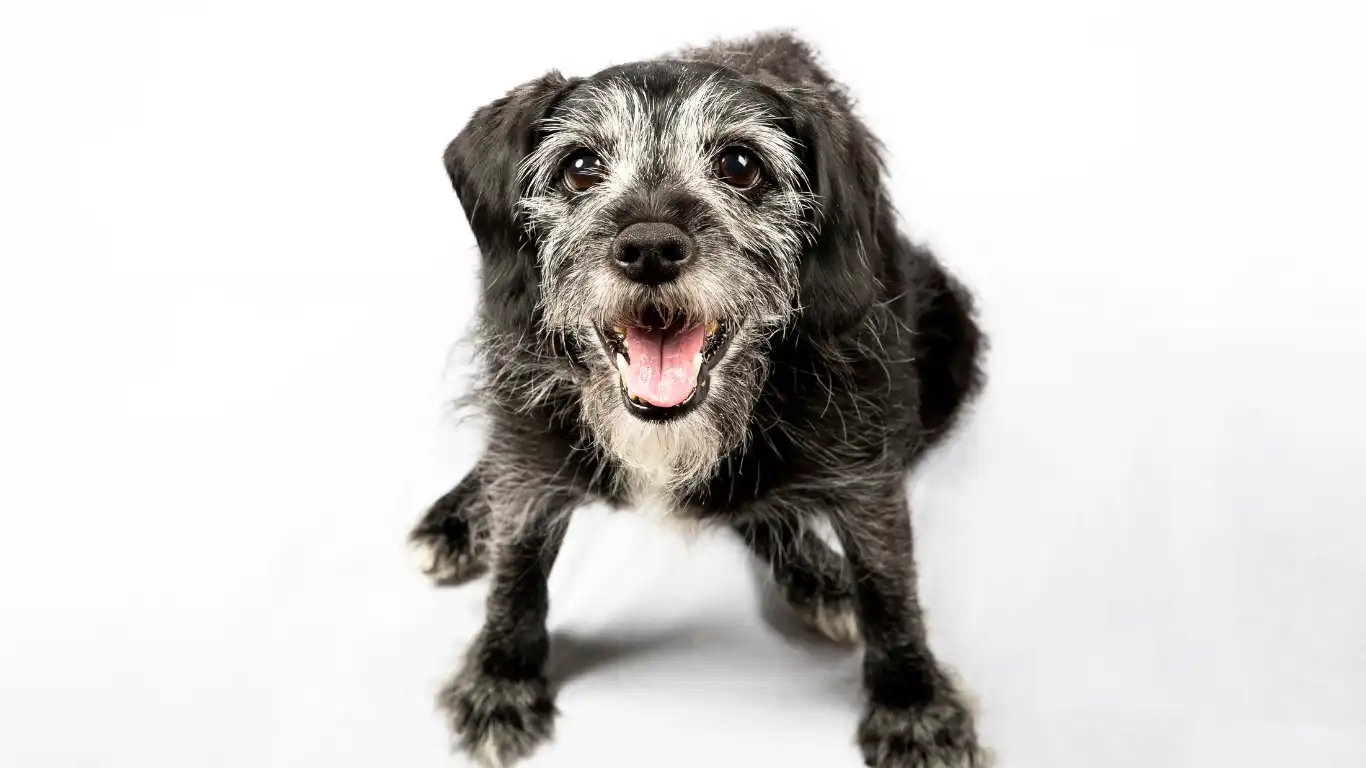
Let’s be honest — not every day is park-perfect. Between cold weather, mobility issues, or your own packed schedule, sometimes your senior pup needs indoor options to stay sharp. Over the years, I’ve picked up a bunch of low-effort, high-enrichment ideas for keeping older dogs engaged right from the comfort of home. And I’ve tested most of these myself — both in the clinic with patients and with my own couch-loving mutt, Jojo.
Indoor Activities That Actually Stimulate
- Cardboard scent trails – Hide treats in boxes or under plastic cups and let your dog sniff them out. Bonus: great for building confidence too.
- Towel roll games – Roll a few treats in a towel and let your pup figure out how to unroll it. It’s like a burrito of joy!
- Window watching – Create a cozy perch near a window where they can watch the world go by. You’d be surprised how long they’ll sit and “supervise.”
- Massage time – Light touch, circular motions on the shoulders and hips — great for arthritis and bonding.
One of my patients, an old Shih Tzu named Dolly, used to become anxious when she couldn’t go outside. We set up a daily “sniff corner” by placing different herbs (like rosemary and basil) in mesh bags around the house. She’d visit each one like a mini aromatherapy session. It was such a small change, but it transformed her entire demeanor.
How to Prevent Boredom in Senior Dogs With Seasonal Adjustments
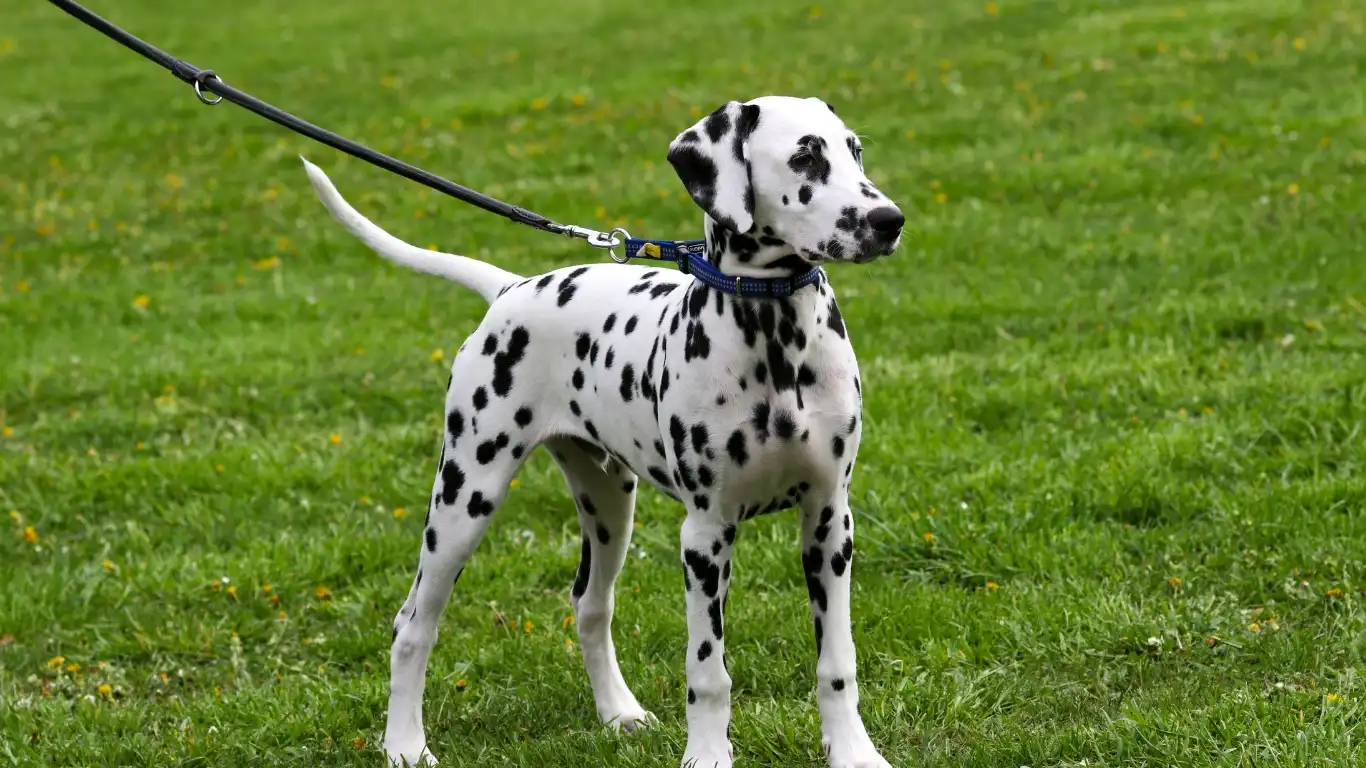
Another big factor I always bring up with clients is seasonal enrichment. Just like humans adjust routines with the seasons, dogs — especially seniors — benefit from small tweaks that match the time of year. If you’re wondering how to prevent boredom in senior dogs when the weather shifts, here’s what’s worked best in my experience:
Winter Boredom Busters
- Warm bedding in sunlit spots – Keeps joints happy and minds calm.
- Indoor training sessions – Great for those shorter daylight hours.
- Broth cubes as treats – Low-calorie and hydrating. Make sure it’s low-sodium and dog-safe.
Summer and Spring Options
- Outdoor sniffari walks – Let them meander and sniff at their own pace.
- Shaded puzzle play – Use enrichment toys outside on a blanket for a change of scenery.
- Frozen treat challenges – Think frozen banana slices or bone broth in a silicone mold.
In my own home, we set up a rotating toy box that gets “refreshed” every couple of weeks, especially in the colder months. It keeps my dog curious — she rediscovers old favorites like they’re brand new. That kind of engagement keeps their minds fresh and their hearts full.
Tailoring Activities to Different Senior Dog Personalities
Not all dogs age the same way, and one of the biggest mistakes I see is applying a one-size-fits-all strategy. I always advise pet parents to start with what their dog already enjoys and just adapt it to match their energy and comfort levels. Over the years, I’ve seen three main personality types in senior dogs when it comes to engagement:
- The “Chiller” – These are your couch potatoes. They prefer slow-paced games, gentle massage, and calm training.
- The “Thinker” – They love puzzles, nose work, and problem-solving. Keep their brains busy and they’ll thrive.
- The “Doer” – Still active, still eager. These dogs love short agility courses, light fetch, and even new tricks.
Understanding your dog’s vibe makes all the difference. One of my patients, Benny the Beagle, was all brain. When his owner started hiding food puzzles around the house, it completely changed his mood — and even slowed down his cognitive decline.
Senior Dog Boredom and Cognitive Health
As dogs get older, boredom can accelerate cognitive dysfunction — something I’ve seen far too often in clinic. It’s heartbreaking when a dog starts to forget routines or gets disoriented in familiar spaces. But the good news? Mental enrichment helps slow this down. There’s actual science behind this — studies have shown that brain engagement in older dogs can delay the onset of Canine Cognitive Dysfunction (CCD), which is a bit like Alzheimer’s in humans. For more information, check out research at NIH and practical advice via PetMD.
In my role, I always recommend adding omega-3s (under vet guidance, of course), switching up routines, and introducing problem-solving games. And never underestimate the power of simple interaction — even just talking to your dog in a happy tone boosts mental well-being.
Signs of Cognitive Decline That Mimic Boredom
- Disorientation in familiar places
- Changes in sleep patterns
- House soiling with no medical cause
- Lack of interest in once-loved activities
Don’t panic if you see these signs. Bring it up with your vet, and build an enrichment plan that suits your dog’s ability. I’ve seen many dogs improve with something as simple as scent work, short walks, and a diet tweak — it’s never too late to bring back the sparkle.
Final Thoughts on Keeping Older Dogs Happy and Engaged
The takeaway? Senior dogs aren’t slowing down because they want to — they’re often just under-stimulated. As someone who works with older dogs every day, I can promise you they still have so much joy left to give (and receive). You don’t need fancy gadgets or hours of free time — just some creativity, consistency, and compassion.
So whether your dog is 7 or 17, the mission is simple: keep their minds moving, their hearts connected, and their tails wagging. You’ve got this — and your senior pup is lucky to have you in their corner.
References
Disclaimer
This article is for informational purposes only and is based on personal experience as a veterinary technician/nurse and available scientific resources. It is not a substitute for professional veterinary advice. Always consult your veterinarian before making changes to your dog’s routine, diet, or health care plan.

